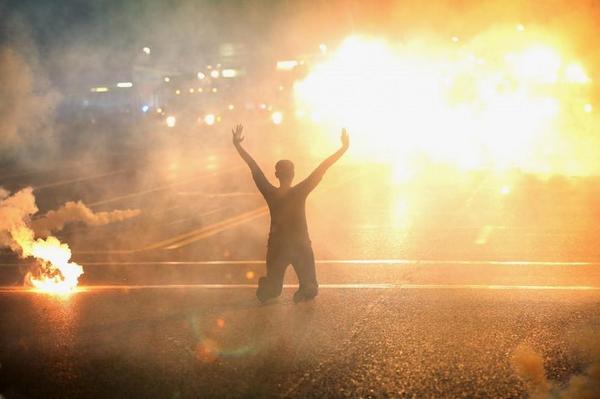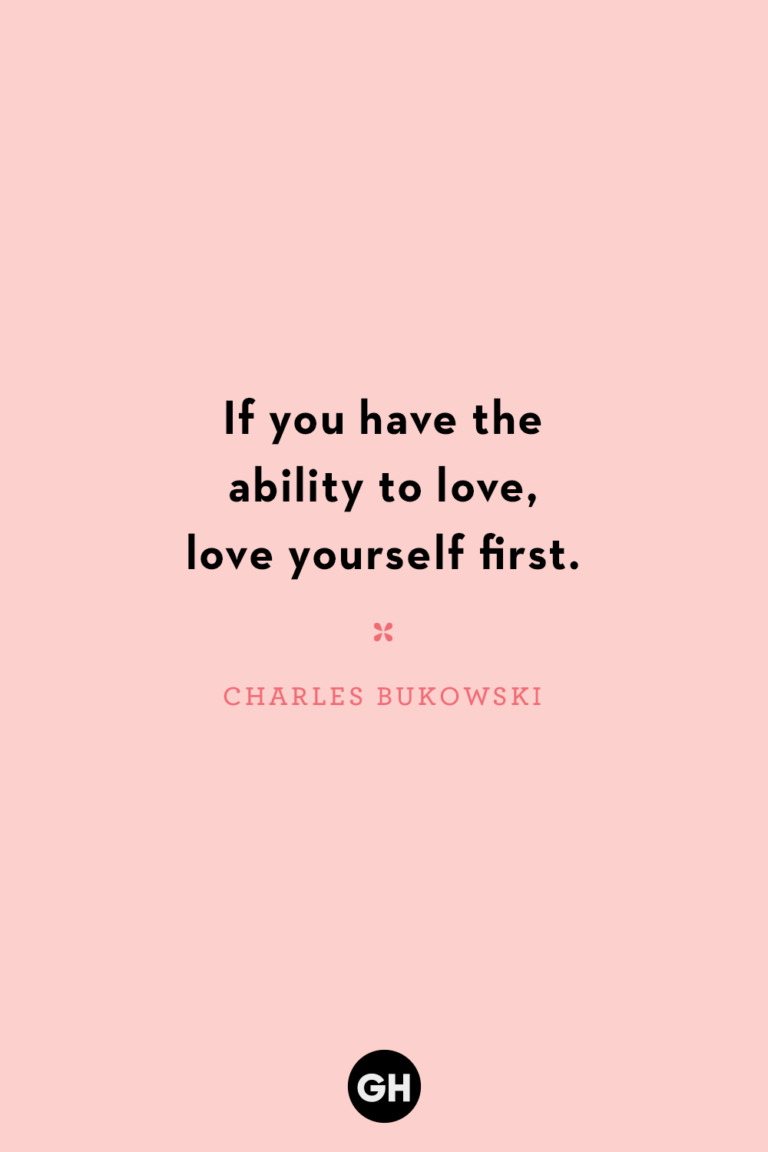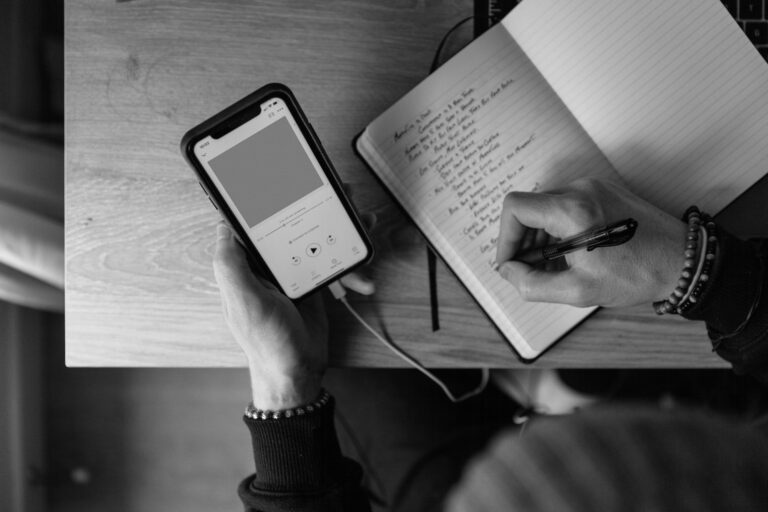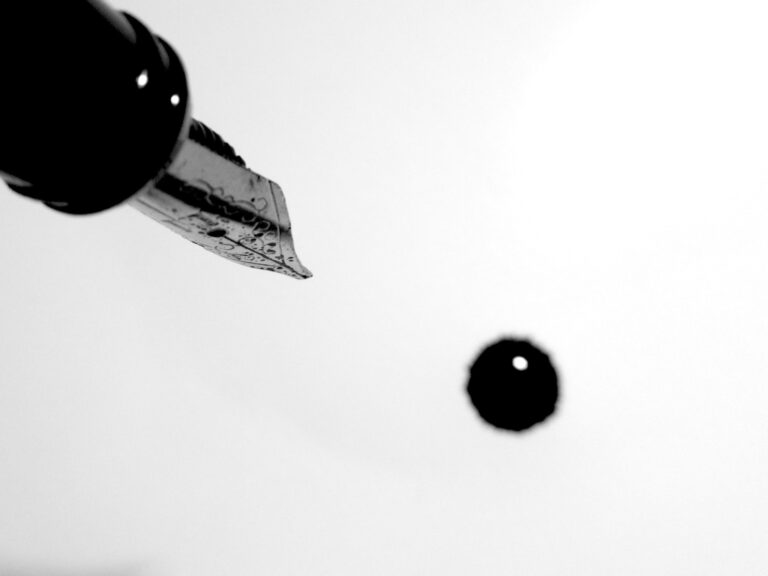This past month, the story that has swept the news is that of Mike Brown’s tragic and unwarranted death in Ferguson, Missouri. The innocent 18-year-old, days away from starting college, was gunned down by a police officer and died “black, unarmed and from multiple gunshots.” Most have recognized this situation as a blatant act of racism, and while the news has not yet quieted, neither has social media. If you were to look from one to the other, though, you would find vastly different versions of the same story.
Searching the hashtag “Ferguson” on any social media platform will present you with countless pages of information, recounts, and documentation of what exactly has been going on in the city during this time. From peaceful protests to stopping looters to videos of calling the police and running from tear gas, people have banded together to fight for justice for Mike Brown.
Days after the shooting, the hashtag #NMOS14 was used on Twitter for a “National Moment of Silence.” Twitter users were able to use the hashtag to connect with people in their communities to form vigils in their areas. These vigils were held not just in honor of Brown, but for all victims of police brutality.
“We should take a moment to remember those who have died, uplift those who still live with the effects of the trauma of police brutality, show solidarity with all families affected, and connect across the country in one moment,” said @FeministaJones, who was able to organize a vigil in New York City via Twitter.
While some — predominantly those who are not in the St. Louis/Ferguson area — are using social media as a means for spreading the word and trying to make some kind of difference, those who are in the area have been, in a way, live blogging the events as they occur.
This is so important because there is no editing; there’s no middle man or filter to spin what is happening or how the residents are feeling. Searching through these tags, you’re seeing pictures, videos, and genuine reactions to everything. Anyone can tell you that having a camera directed toward you affects how you behave, but these tweets act as our look “behind the scenes” when the media has packed up and gone home.
From these eye witness accounts, we can still be in touch with what is actually going on, even after the police order a media blackout and even drive out Amnesty International, an organization meant to protect human rights. There are pictures of police geared in militaristic equipment (including armored vehicles and tear gas) surrounding protesters with rifles at the ready, aimed at the unarmed people whose hands are held in the air — not unlike Mike Brown moments before his death.
Tear gas has been used liberally with little to no warning, little to no reason, and straight into the middle of crowds and neighborhoods alike. Palestinian tweeters were cringing having to watch what was happening in Ferguson as it reminded them so much of what they went through with the Arab Spring since they had in fact been met with the exact same tear gas. They offered their solidarity with some practical advice.
The entire situation has been astounding for many reasons. First, that it happened at all, that it has escalated so, that it continues, and that people have been able to unify using social networking. To be sure, there is no hiding the injustice that has gone on over these many weeks. This is too important to ignore, because police brutality, blatant racism and cover-up tactics are being employed in our backyard. Become your own journalist; take time to thoroughly investigate what’s been happening and spread the word. May this serve as a beginning to an end as our eyes have been opened.







One thought on “Social Media Meets Social Justice”